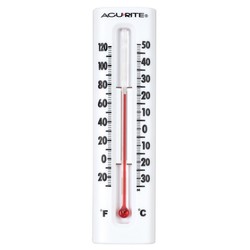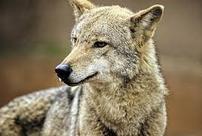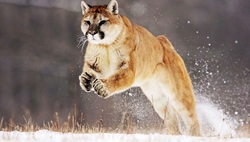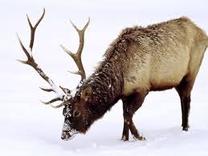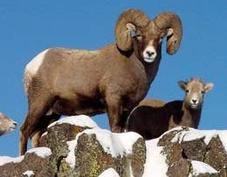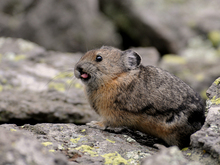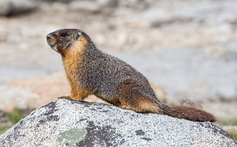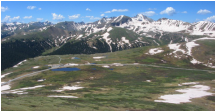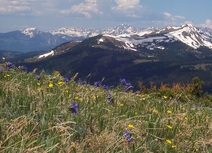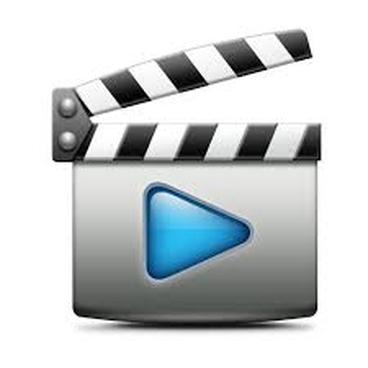Alpine Ecosystem
Chase, Brady, Annika, and Ella S.
Major Consumers Of The Alpine Ecosystem
Alpine Birds
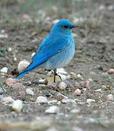
Mountain Bluebird-
Habitat- The mountain bluebird breeds in the high mountain meadows with scattered trees and bushes and short grass. It winters at lower elevations in plains and grasslands. Diet-The bluebird hovers over the ground looking for insects and when he sees one he swoops down and eats it. Adaptations- Small pointed black bill, black feet. Predators- House cats, falcons, snakes, opossums, hawks. http://www.allaboutbirds.org/guide/mountain_bluebird/sounds - bird call |
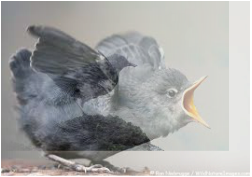
American Dipper-
Habitat- Near clear, fast mountain streams with rapids. Diet- It feeds on insects and their larvae, including dragonfly, small crayfish, and larvae. It may also take tiny fish or tadpoles. Adaptions: They dive underwater to get their food. Predators: Since they like living near streams their predators are usually racoons or mink. http://birds.audubon.org/birds/american-dipper -bird call. |
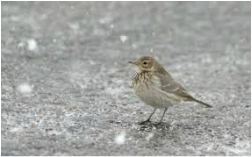
American Pipit-
Habitat-American Pipit is a bird of high tundra habitats, including not only Arctic latitudes, but also in the alpine tundra of the Rocky Mountains Diet-During summer, American Pipits eat mostly invertebrates. During fall and winter, American Pipits tend to feed on grass and weeds Predators: Hawks Adaptations: : Long Legs, Nice beak. http://www.allaboutbirds.org/guide/american_pipit/sounds - bird call |
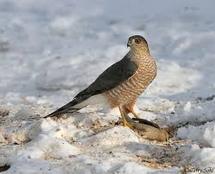
Sharp Shinned Hawk
Habitat- The Sharp Shinned Hawk is mostly found in ranges to 11,000 feet to 11,500 feet. They don’t like areas where the trees are scattered either. Diet-Songbirds make up about 90 percent of the Sharp-shinned Hawks diet especially warblers, sparrows, and thrushes Predators-None Adaptations- Sharp Talons, Long wing span, Sharp sturdy beak. http://www.allaboutbirds.org/guide/sharp-shinned_hawk/sounds - Bird Call |
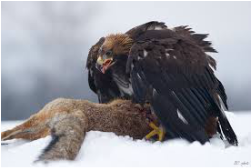
Golden Eagle:
Habitat- They are found primarily in mountains up to 12,000 feet, canyonlands, rimrock terrain, and riverside cliffs and bluffs. Diet- Golden eagles use their speed and sharp talons to snatch up rabbits, marmots, and ground squirrels. They also eat carrion, reptiles, birds, fish, and smaller things such as large insects. Predator: None Adaptations: Sharp Beak, Talons, http://www.allaboutbirds.org/guide/golden_eagle/sounds -Bird call |
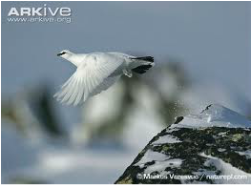
Rock Ptarmigan-
Habitat- Open tundra, barren and rocky slopes in Arctic and alpine areas; in winter, some movement to thickets and forest edge Diet- Rock ptarmigans eat plant parts including berries, buds and twigs. Adaptions- Ptarmigan have feathers on their legs and feet, which lend added warmth and the ability to move smoothly over the snow, as if they were walking on snowshoes. Predator-The ptarmigans predators are gyrfalcons and golden eagles and red fox. Bird Call- http://www.allaboutbirds.org/guide/Rock_Ptarmigan/sounds |
Alpine Ecosystem Major Producers
Human Impacts
-The most severe threat to this ecosystem is global warming. Many scientists believe global warming is caused by greenhouse gases. This may eliminate Arctic regions, including the tundras forever.
-Oil exploration, mining, and fracking can also ruin the alpine ecosystem. Fracking can affect the water, snow, and wildlife.
-Much water from the alpine ecosystem is used as drinking water from melting snow.
-Oil exploration, mining, and fracking can also ruin the alpine ecosystem. Fracking can affect the water, snow, and wildlife.
-Much water from the alpine ecosystem is used as drinking water from melting snow.

